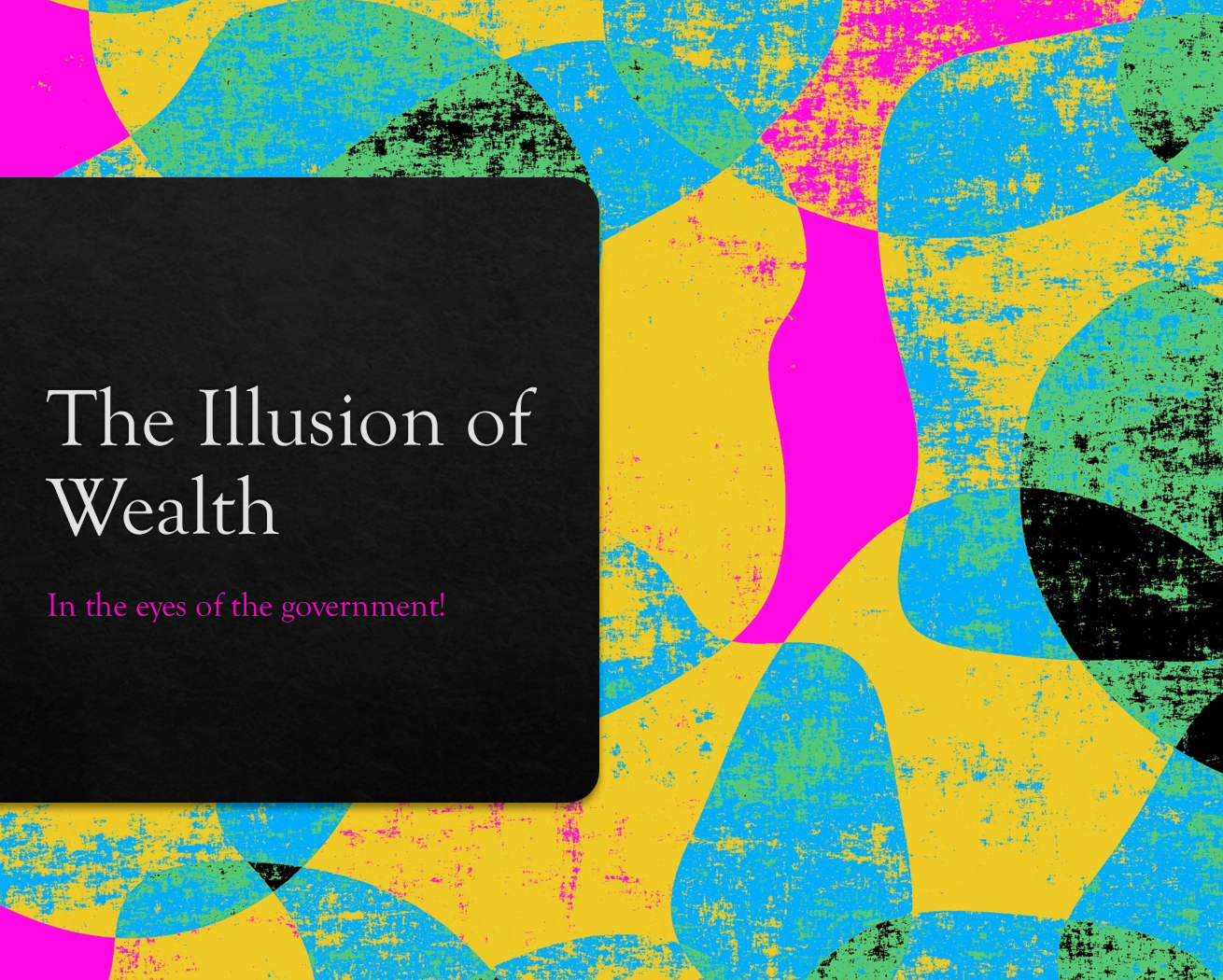The Illusion of Wealth

Canadians often succumb to the government’s self-serving illusion of wealth that is projected onto them using misleading and completely incorrect statistical information. Getting good information from Statistics Canada is extremely difficult, so we have done our best to utilize what info is available to present the data in this article.
Apparently, about 57% of Canadians are coupled (married/partnered) while some 43% report as single. We estimate, based on limited data, that some .6% of Canadians purchased homes as “first-time buyers” in 2020, and while we acknowledge the inaccuracies inherent in extrapolating limited data, we are assuming the same figures held true from 2010 on through.
Using that information, we estimate that since 2010 Canadians have liquidated about $150,537,590,770.00 worth of RRSPs, by converting them into Home Buyers Plans (HBPs). The government has again (in April) increased the threshold for the value of RRSPs converted to HBPs this time to $70,000.00 per person.
Cashing out RRSPs to purchase a home is economic madness. When you collapse $70,000.00 from your RRSP you immediately create a, de-facto, 15 year loan requiring monthly payments of $389.00, or a significant tax bill. Not only that, but the RRSP no longer exists anywhere but as a book entry that the CRA gleefully reports constitutes an “asset”.
The CRA continues to treat the drained RRSP as if it were still existent to spread out the tax obligation that would otherwise become immediately payable. Similarly, banks continue to report the (liquidated) RRSP as an “asset” because it has become a debt due on their books. What that means is the government can distort its own books showing that it is closer to a balanced budget than it actually is.
Even worse, for some folks not only did they collapse the asset, but they also took out a bank loan to buy it in the first place. Because they now owe the loan (totalling $80,000 including interest) plus the requirement to repay the funds back into the RRSP over fifteen years, they have $160,000 worth of debt before they even get signed onto the home. Then, since they must pay an exorbitant premium for CMHC insurance, that affords “them” zero insured protection, they still end up with a 100% (+) mortgage on the property.
Using 2020 as our sample year it is by now well documented that house prices have dropped significantly since that time and continue to trend downwards. To add insult to injury, as we noted in a previous article, in Q1 of 2025 banks will be restricted to lending on mortgages that do not exceed 4.5 x annual income. So, if you earn $50,000.00 per year you will only qualify for a mortgage of up to $225,000.00.
In this example our hapless, poorly informed, (economic) victim must repay the RRSP loan at $1,450 per month plus $390 for the reparations to the RRSP and a further $4,360 for the mortgage. To qualify to buy the average Canadian house this prospective homebuyer would require an income over $200,000 per year and is in the top 8% of income earners – meaning that housing affordability is out of reach for 92% of Canadians using the government’s first-time homebuyers’ scheme.
And all along, for statistical purposes, the government counts not only the liquidated RRSP as a part of your portfolio but also the value of the property your mortgages are registered against. But don’t worry by 2030 you’ll own nothing and be drinking happy Kool Aid. 😉
